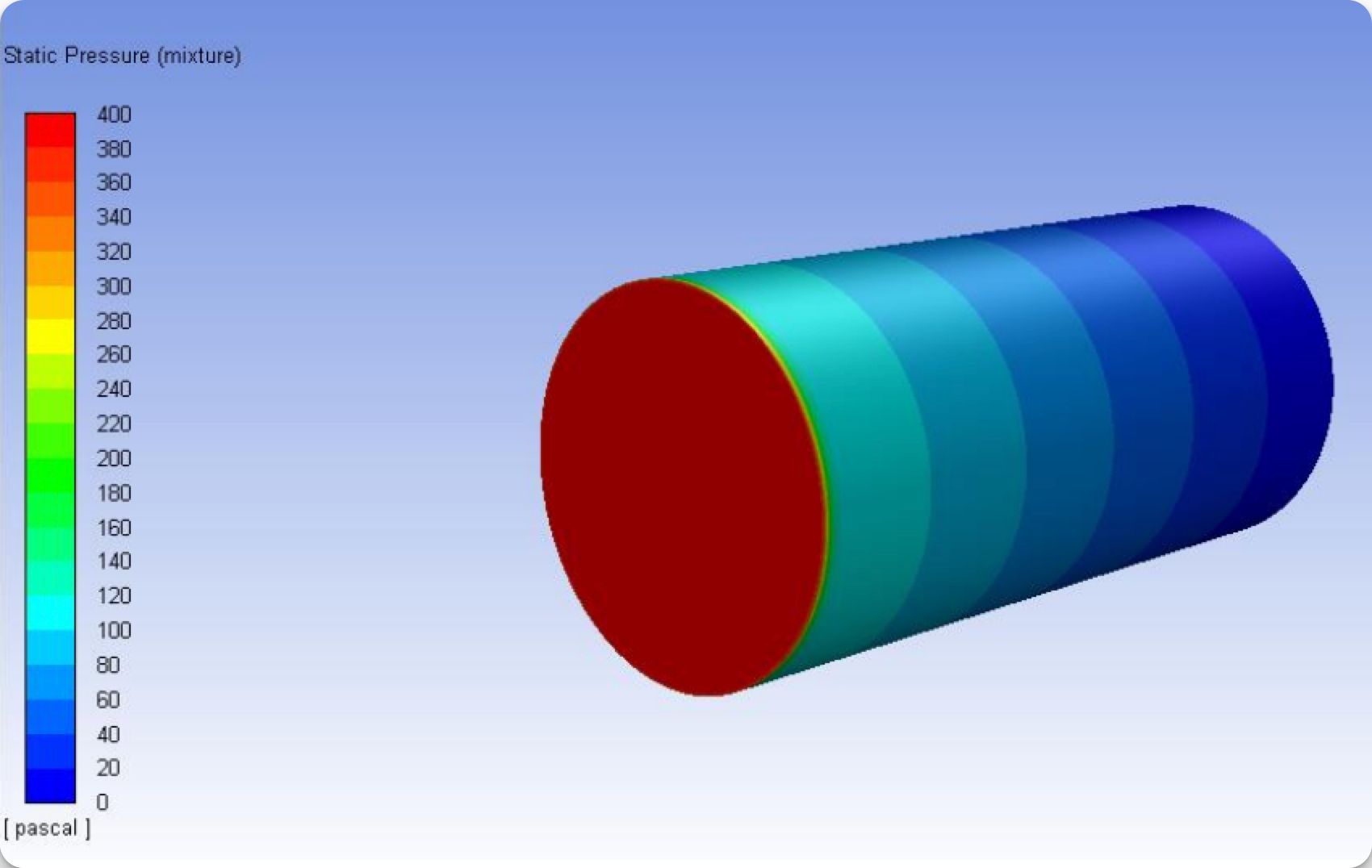Evaluation of CO2 Water Imbibition Relative Permeability Curves in Sandstone Core Flooding — A CFD Study
AUTHORS: Tathagata Acharya, Tapinder Dhaliwal, Alina Ludian, Gorang Popli, Benjamin Wilemon, Leonardo Hernandez, Maryam Farahani, Liaosha Song
Read Abstract
Greenhouse gases such as CO2 can be safely captured and stored in geologic formations, which in turn can reduce the carbon imprint in the Earth’s atmosphere and therefore help toward reducing global warming. The relative permeability characteristics in CO2 brine or CO2 water systems provide insight into the CO2 trapping efficacy of formations such as sandstone rocks. In this research, CO2 water imbibition relative permeability characteristics in a typical sandstone core sample are numerically evaluated. This work uses transient computational fluid dynamics (CFD) simulations to study relative permeability characteristics, and a sensitivity analysis is performed based on two different injection pressures and absolute permeability values of the sandstone rock material. Results show that when the irreducible water fraction remains unchanged, the imbibition relative permeability to the non-wetting phase decreases with an increase in injection pressure within the sandstone core sample. Also, with the irreducible water fraction being unchanged, relative permeabilities to both non-wetting and wetting phases decrease with an increase in the absolute permeability of the rock material. Finally, at irreducible water saturation, relative permeability to the gas phase decreases with an increase in injection pressure.
Full paper available here →
